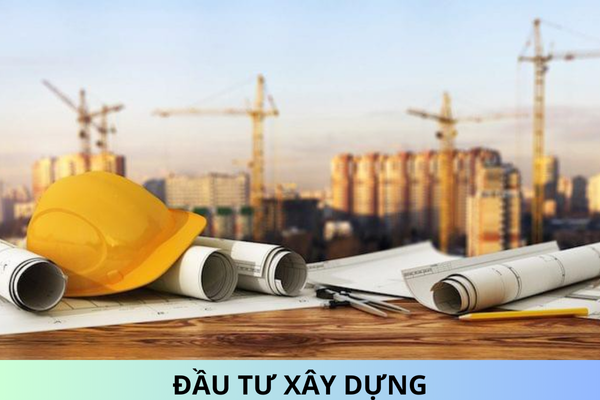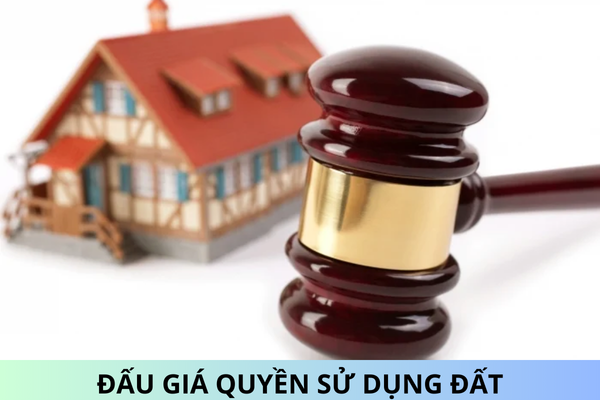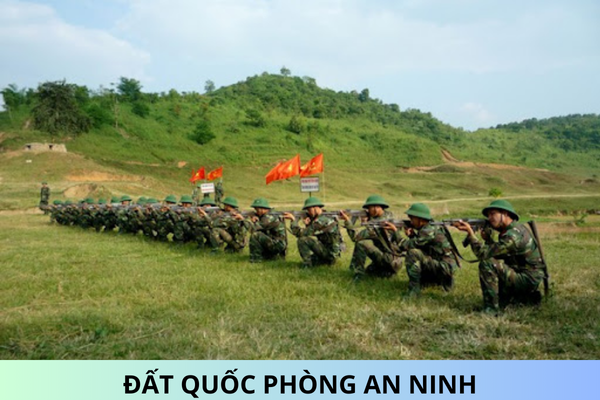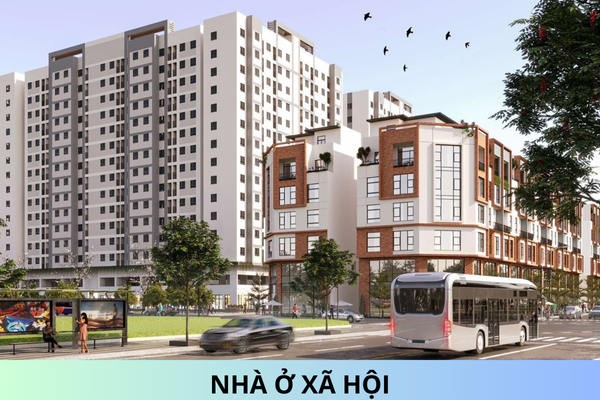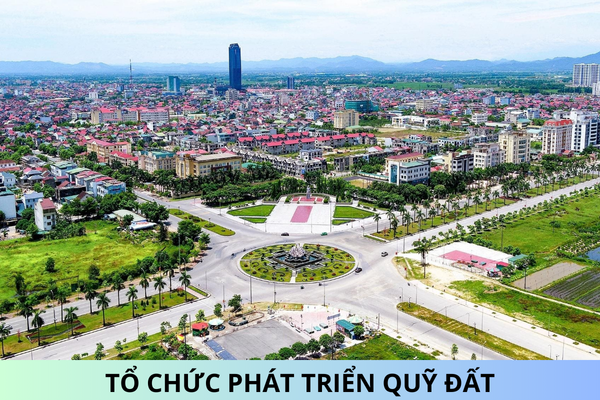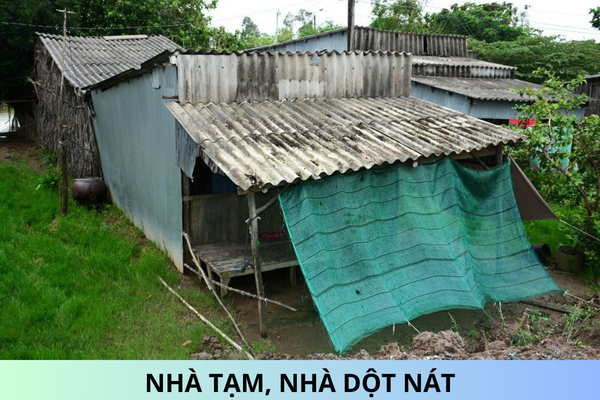In Vietnam, Certificate of land use rights is a property ?
In Vietnam, Certificate of land use rights is a property ? Can land used for construction of public facilities with safety corridors be granted the certificate of land use rights in Vietnam ?
Hello Lawnet, I have a question: After the death of my parents, there was a piece of land behind the house but did not leave a will. A certificate of land use rights is currently kept by my uncle, many times I asked to get this back but my uncle did not return it and said it was just a certificate, so I want to ask a certificate of land use rights is a property in Vietnam ? Can land used for construction of public facilities with safety corridors be granted the certificate of land use rights in Vietnam ? Looking forward to hearing your answer.
In Vietnam, Certificate of land use rights is a property ?
Pursuant to Article 105 of Civil Code stipulating property as follows:
1. Property comprises objects, money, valuable papers and property rights.
2. Property includes immovable property and movable property. Immovable property and movable property may be existing property or off-plan property.
Besides, pursuant to Clause 16 Article 3 of Land Law:
16. Certificate of land use rights and ownership of houses and other land-attached assets is a legal certificate in which the State certifies the lawful land use rights and ownership of houses and land-attached assets of the person who has land use rights and ownership of houses and land-attached assets.
As regulations above, in Vietnam, certificate of land use rights is not a property. Certificate of land use rights is just a certificate to certifies the lawful land use rights and ownership of houses and land-attached assets of the person who has land use rights and ownership of houses and land-attached assets.
Can land used for construction of public facilities with safety corridors be granted the certificate of land use rights in Vietnam ?
Pursuant to Article 157 of Land Law stipulating land used for construction of public facilities with safety corridors:
1. Land used for construction of public facilities with safety corridors includes land used for construction of systems of transport, irrigation, dykes, water supply and drainage, waste treatment, power transmission, oil and gas pipelines and communication, and land within the safety corridors of these systems.
2. The use of land for public facilities with safety corridors must ensure the use of both the aerial and underground space, the combination of different facilities in the same land area in order to save land, and comply with relevant specialized laws concerning safety protection of facilities.
3. Legally recognized users of land within the safety coưidors may continue using the land in accordance with the determined purposes and may not hinder the safety protection of the facilities.
In case the use of that land hinders the safety protection of the facilities, the owners of facilities and the land users shall take remedial measures. In case of failure to remedy the problem, the State will recover the land and pay compensation in accordance with law.
4. Agencies or organizations directly managing the facilities with safety corridors shall publicize information on boundary marks of the safety corridors and take the main responsibility for the protection of the facilities. In case the safety corridors of the facilities are illegally encroached, occupied or used, the agencies or organizations shall promptly report it to and request handling from the commune-level People’s Committee of the locality where the safety corridors are located.
5. The People’s Committees of all levels of the locality where the facilities with safety corridors are located shall coordinate with the agencies or organizations directly managing the facilities in disseminating laws and regulations on safety protection of facilities, publicizing boundary marks for the land use within the safety corridors and promptly deal with the illegal occupation, encroachment or use of the safety corridors.
6. The Government shall detail this Article.
Best regards!

